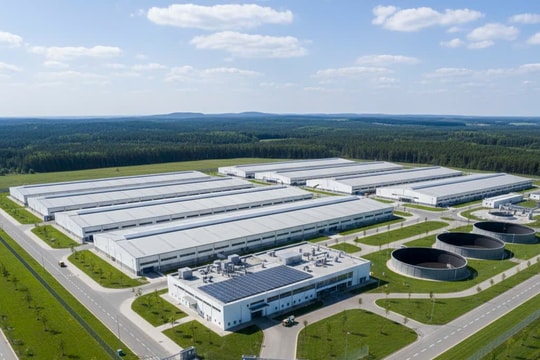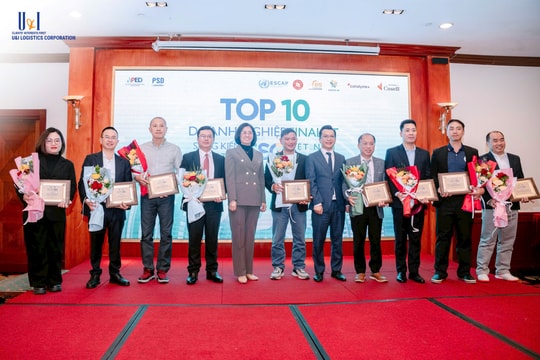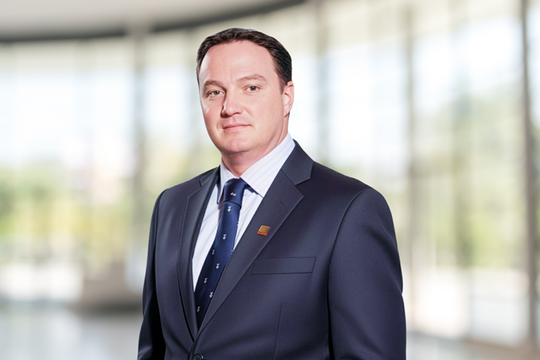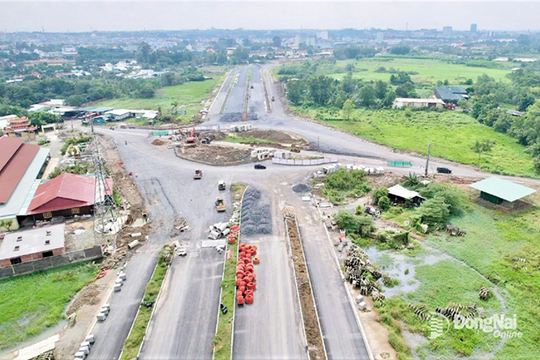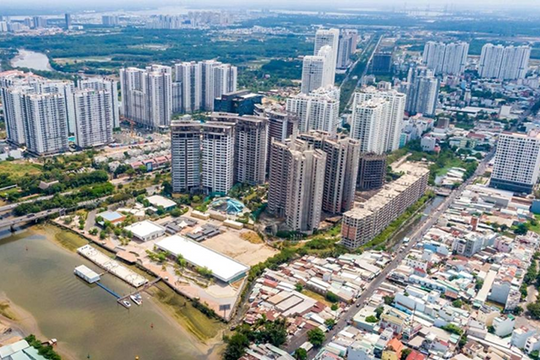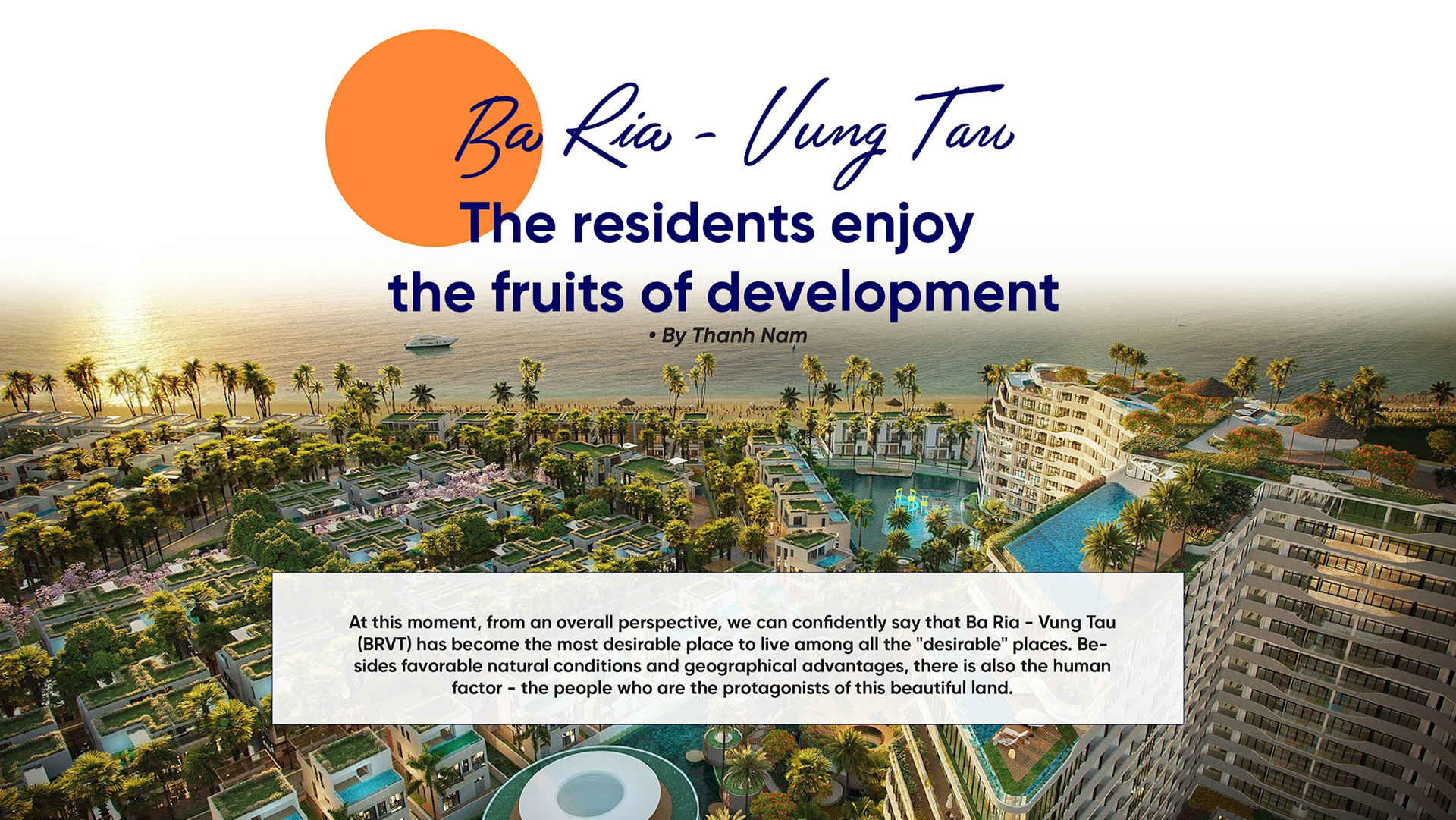

Projects like Phuoc An Bridge, Long Son - Cai Mep Road, and especially the Bien Hoa - Vung Tau expressway, when completed, will alleviate the pressure on National Highway 51 and enhance the competitiveness of the Cai Mep - Thi Vai port system.
Investing in transportation infrastructure to connect the gateway port with the international airport, linking industrial zones, and thus facilitating the flow of goods for import and export is a priority for BRVT. Especially since the operation of Cai Mep - Thi Vai, accommodating mega-container ships, the need for interregional transportation has become increasingly urgent. The BRVT government is taking action to address transportation bottlenecks.
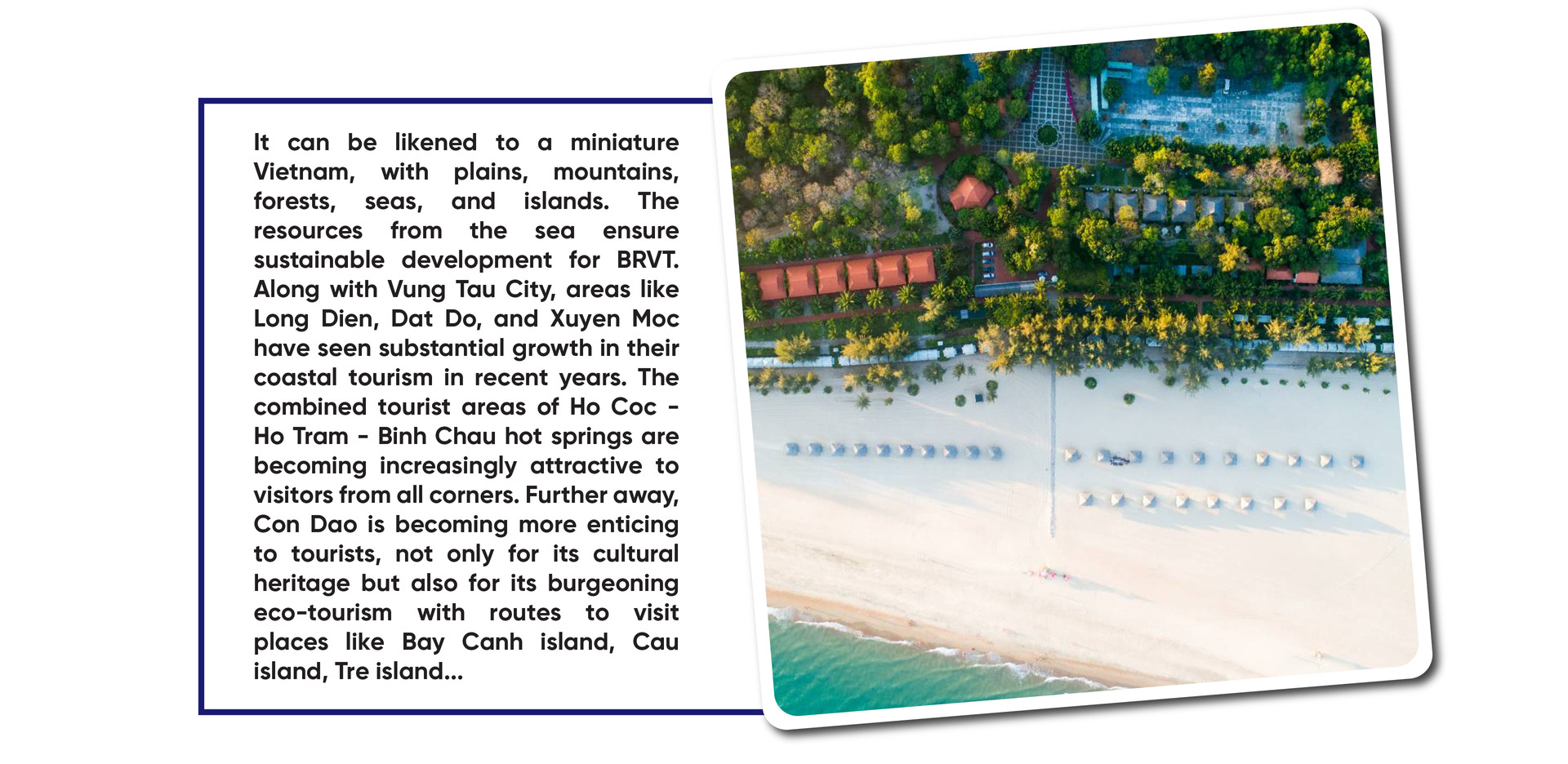
Over the past 30 years, through 7 Party Congresses, the provincial Party, army, and people of BRVT have demonstrated proactive and innovative qualities, overcoming challenges step by step, achieving significant and comprehensive development. The economy has developed, social policies are implemented with care, and the material and spiritual lives of the people are constantly improving. In 1992, the per capita GDP income, excluding oil and gas, was around 450 USD per year. By 2022, after 30 years, BRVT has made significant progress.

Since 2021, BRVT has been implementing the "Smart Province Urban Development Plan," taking a new step forward. Most recently, Vung Tau City has launched the Smart City Center. In the future, many economic and social activities will be "digitized," bringing numerous benefits to the people.

On August 12, 1991, during the 9th session of the 8th National Assembly, a resolution was passed to establish Ba Ria - Vung Tau Province (BRVT). When this province was initially formed, it consisted of 5 administrative units. Today, it has grown to encompass 8 units, including 2 cities, 1 town, and 5 districts. BRVT covers a natural area of nearly 2,000 square kilometers with a population of approximately 1.2 million people.
Vung Tau City is the economic and political center, located within the top-tier economic triangle of the Southeastern region. BRVT shares its borders with Ho Chi Minh City, Dong Nai, and Binh Thuan.
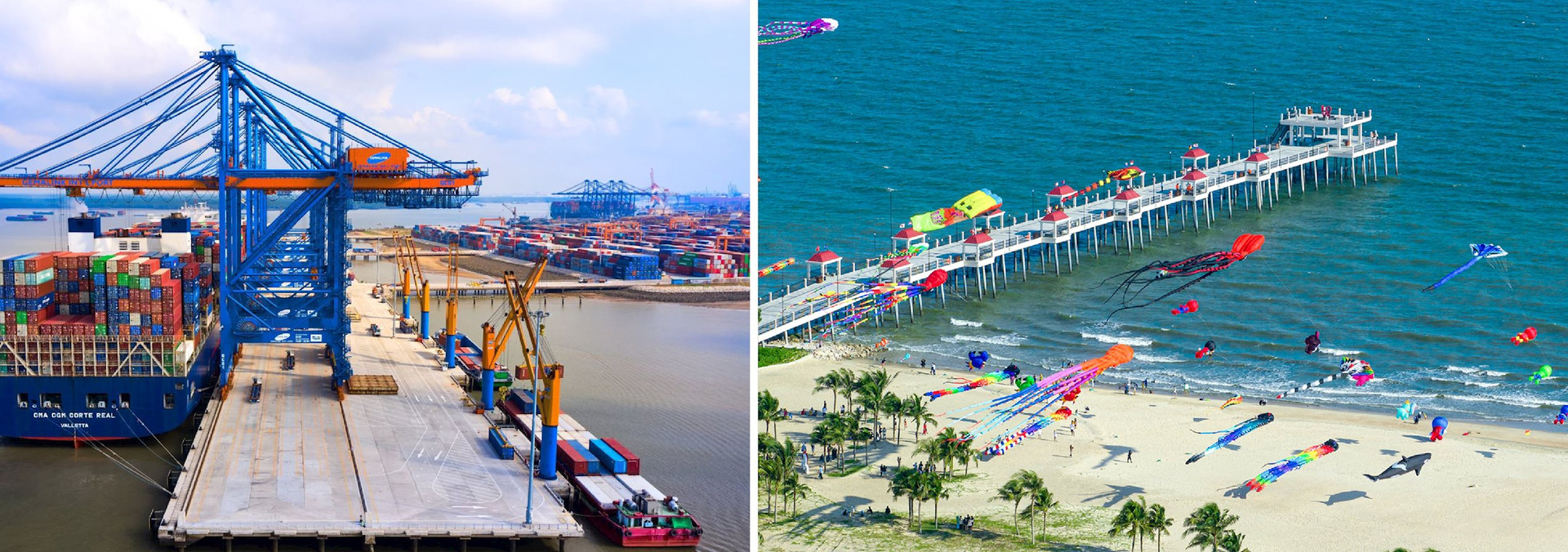
In the past, the beaches in Vung Tau were often criticized for their litter and plastic waste floating on the sea surface. However, in recent years, thanks to the determination of the local government and the awareness of the residents, these local beaches have become clean and beautiful. BRVT authorities have conducted numerous campaigns to combat beachside trading and the habit of bringing food to the beach, and these practices have largely been eradicated.
Additionally, regular volunteer campaigns for waste collection have helped improve the living environment. Not only has the quality of the environment improved, but Vung Tau City has also tackled the issue of street vendors and overpriced restaurants targeting tourists. As a result, Vung Tau, with its "Green - Clean - Beautiful" image, has been gradually winning over the hearts of visitors and encouraging them to return.
What makes Vung Tau City a place worth living in is undoubtedly its people. The honest, straightforward, and friendly nature of the locals has breathed new life and humanity into Vung Tau.

With over 40 kilometers of coastline, Vung Tau City boasts some of the most beautiful and romantic beaches in the world, contributing to the thriving tourism industry. The azure waters, white sands, and golden sunshine at Vung Tau's beaches are truly enchanting. Beaches like Bai Truoc, Bai Sau, Bai Dua, and Bai Dau offer safe and enjoyable swimming experiences.
Moreover, Vung Tau City is surrounded by pristine forests, rivers, and lakes, providing a fresh and clean atmosphere. When visiting Vung Tau, you can also explore other tourist attractions such as the Blessed Virgin Mary Statue at Bai Dau, the Christ the King statue, Vung Tau Cathedral, Vung Tau Lighthouse, Linh Son Co Tu Pagoda, Thich Ca Phat Dai Pagoda, Long Son Big House, Nghinh Phong Cape, Cao Dai Temple in Vung Tau, and the Hoi May Lake on the summit of Big Mountain.
In addition, a comfortable standard of living and modern infrastructure are also factors that make this city worth living in.

The aim is to enhance the prosperity and happiness of all people in the province, providing them with good health and well-being, improving the welfare of all age groups, and promoting lifelong learning opportunities for everyone. This is one of the province's objectives by 2030.
The people of BRVT are the masters, the goal, and the driving force of development, and they are the ones enjoying these values.


.jpg)
.jpg)
.jpg)
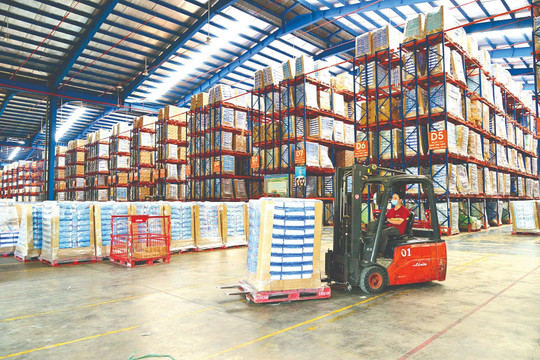
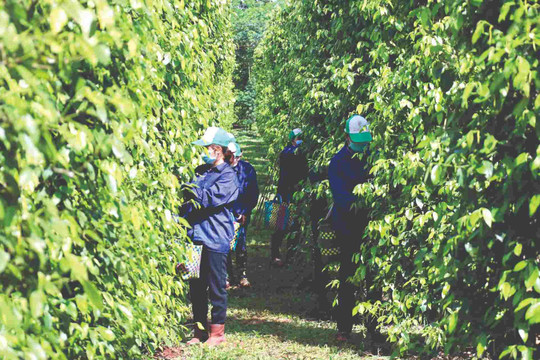

.png)
.png)
.png)
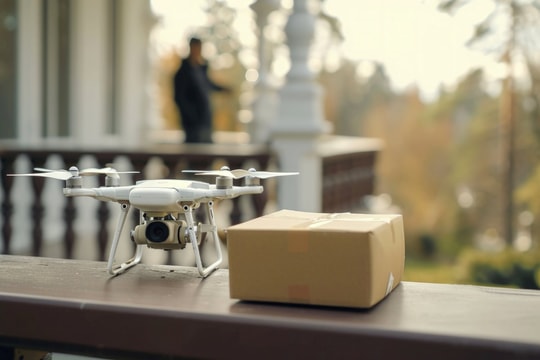
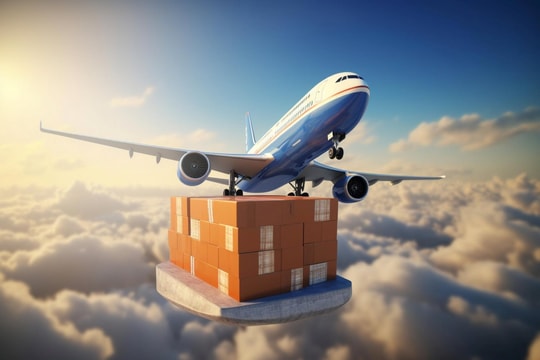
.png)
.png)


